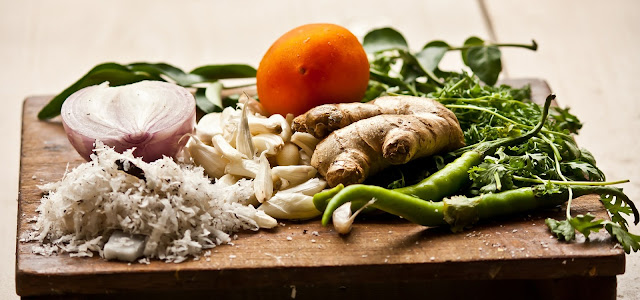 |
| Ginger. Image via pixabay. |
All around the world, people are using ginger in so many ways. People use ginger in foods and drinks. They even use it to treat certain illness- ginger has many medicinal uses. Ginger provides a natural remedy for many problems associated with the body. This is possible because as you will see below, the nutrients that it contains are very beneficial for the body. These nutrients are needed by the body and that's what makes ginger so effective in treating many conditions.
A bit about where ginger comes from
The rhizome of the Zingiber officinale plant produces ginger. This plant is a flowering plant that belongs to the Zingiberaceae family.
Ginger that is a year or more before harvest is more beneficial.
What does the flesh of ginger look like?
The flesh of ginger is light yellow in color.
Some nutrients that ginger contain are:
10 essential amino acids:
- Leucine
- Valine
- Arginine
- Phenylalanine
- Tryptophan
- Threonine
- Lysine
- Isoleucine
- Methionine
- Histidine
Vitamins
- B vitamins
- Vitamin C
Minerals
- Iron
- Manganese
- Calcium
- Zinc
Phytochemicals
Fatty acids
Natural oils
The health benefits of ginger are:
Ginger is used to:
- relief nausea and vomiting. This is most effective during pregnancy.
- treat headaches and migraines.
- help boost your body's immune system and help fight infections.
- fight indigestion.
- reduce the pain associated with menstruation.
- treat colds and diarrhea.
- lower cholesterol
Healthy living is the best way to go in order to obtain the best health that you possibly can. You can simply do this by implementing healthy foods into your diet. So start using ginger today. Some other healthy foods are chia seeds, coconut water, and avocados.
Read more about these:
Read more about these:

















